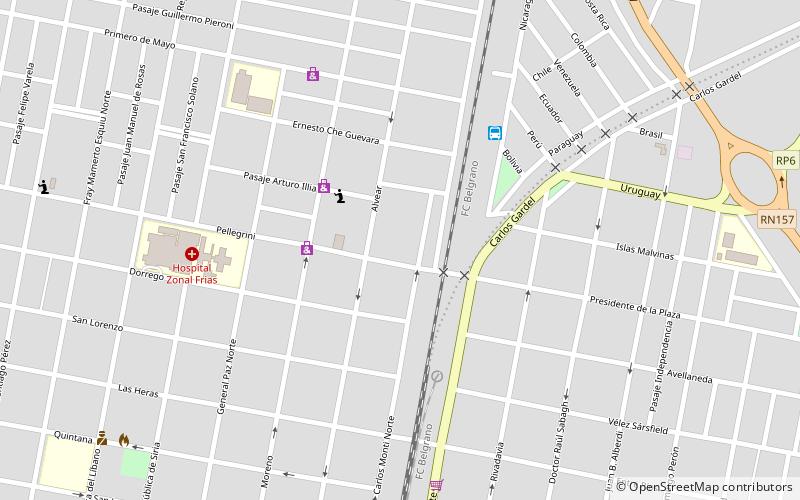Frías


Facts and practical information
Frías, located in the Santiago del Estero region of Argentina, is a charming city with a rich cultural heritage and stunning natural landscapes. The city is known for its colonial architecture, with well-preserved buildings and cobblestone streets that transport visitors back in time. The picturesque Plaza San Martin is the heart of the city, surrounded by historic buildings and bustling with local life. Visitors can explore the city on foot, taking in the unique blend of Spanish and indigenous influences that define Frías.
One of the must-see attractions in Frías is the San Francisco Solano Church, a beautiful colonial-era church that is a testament to the city's rich history. The church's intricate facade and ornate interior make it a popular spot for both tourists and religious pilgrims. Nearby, the Rio Hondo River offers opportunities for outdoor activities such as fishing, boating, and birdwatching. The surrounding countryside is also ideal for hiking and horseback riding, allowing visitors to immerse themselves in the natural beauty of the region.
For those interested in learning about the local culture and history, the Museo Histórico Regional de Frías is a great place to start. The museum showcases artifacts and exhibits that highlight the area's indigenous heritage and colonial past. Visitors can gain insight into the traditions and customs of the region's original inhabitants, as well as the impact of Spanish colonization.
Food lovers will delight in the traditional cuisine of Frías, which features a variety of dishes made with locally sourced ingredients. The city's restaurants and street vendors offer a taste of authentic Argentine flavors, from empanadas and grilled meats to regional specialties such as locro and humita.
Santiago del Estero
